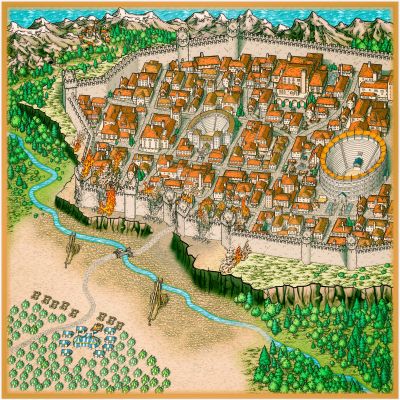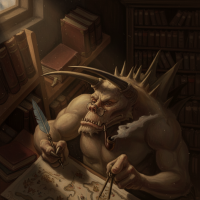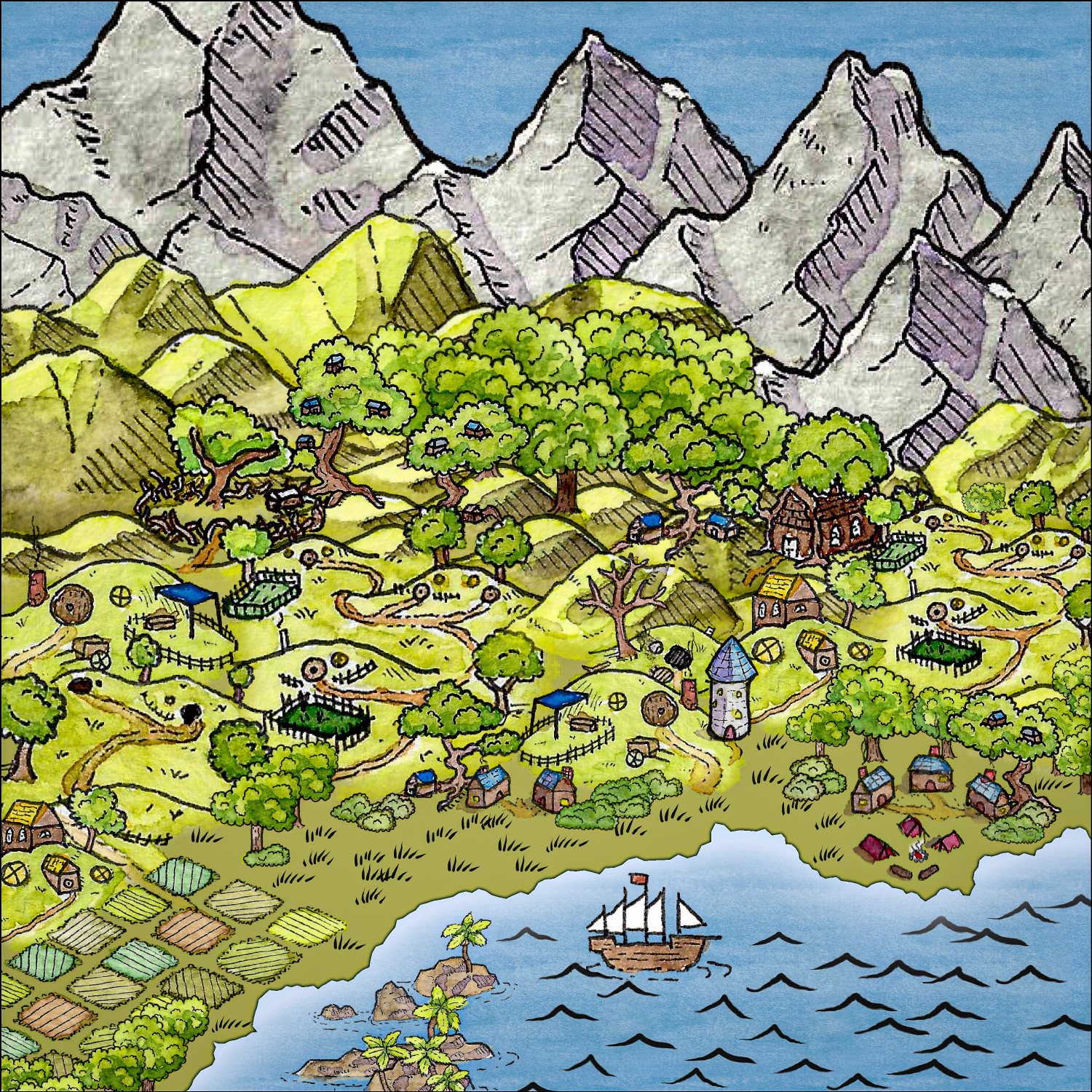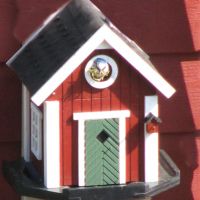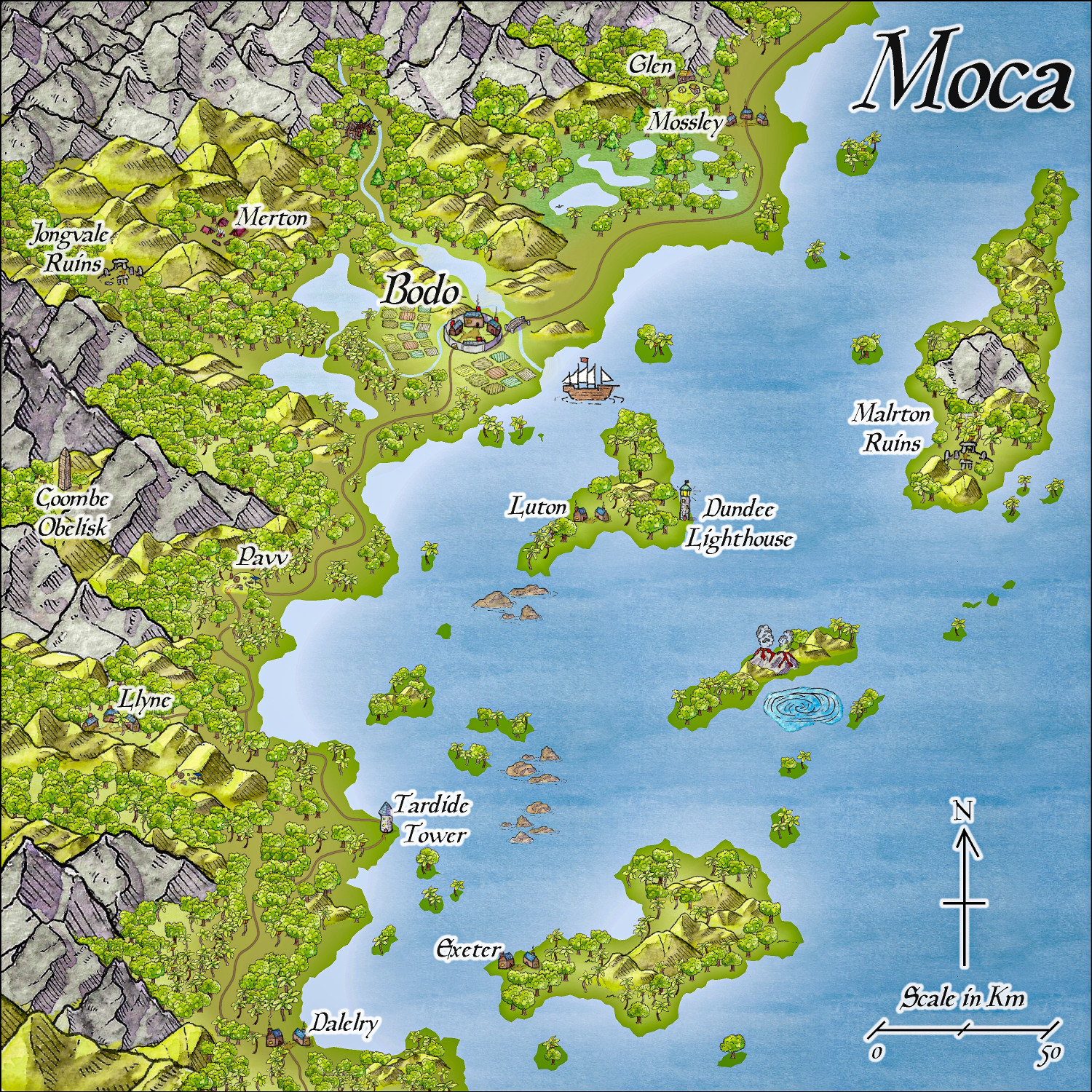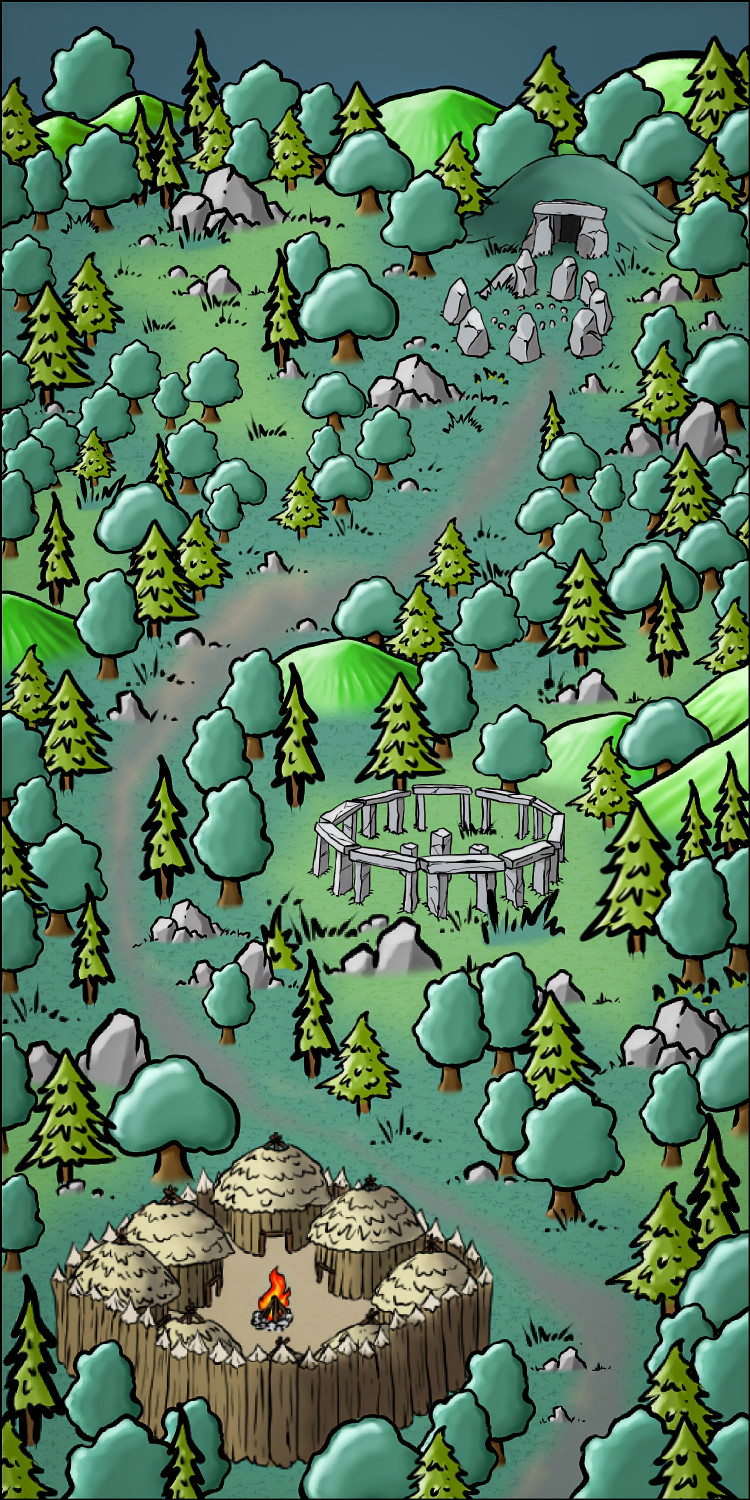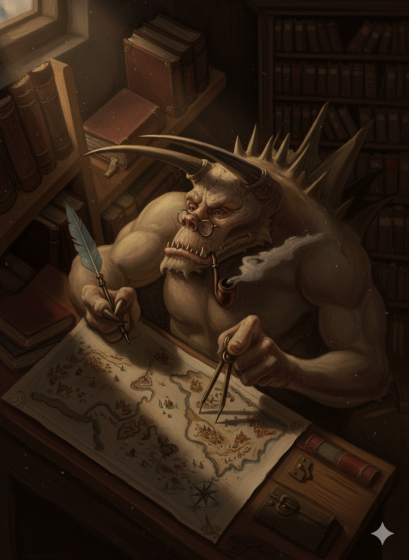
Ricko
Ricko
About
- Username
- Ricko
- Joined
- Visits
- 6,688
- Last Active
- Roles
- Member
- Points
- 10,516
- Birthday
- February 7, 1977
- Location
- merlo san luis argentina
- Rank
- Mapmaker
- Badges
- 22
Reactions
-
Prybylski Watercolor test
-
Compass Roses
-
Prybylski Watercolor test
I've been wanting to play with this beautiful Prybylski Watercolor style for a while now. And here we have the first map.
Moca is a tropical region marked by fertile hills and mountains close to the coast, where the humid climate favors the cultivation of cocoa and bananas. The population is mostly composed of gnomes and halflings, who live in small farming villages and maintain a harmonious relationship with the land. Known for their skill in managing tropical crops, they produce excellent quality grains and fruits, which are exported to various parts of the kingdom. The capital, Bodo, is a vibrant center of commerce and culture, where aromatic markets and traditional cafes reflect the region's welcoming, agricultural identity. This "little" zone is synonymous with simple abundance, diligent work and verdant landscapes rocked by coastal breezes.
Cheers
-
Annual Myrklund Overland
-
Monkey Frog Overland


